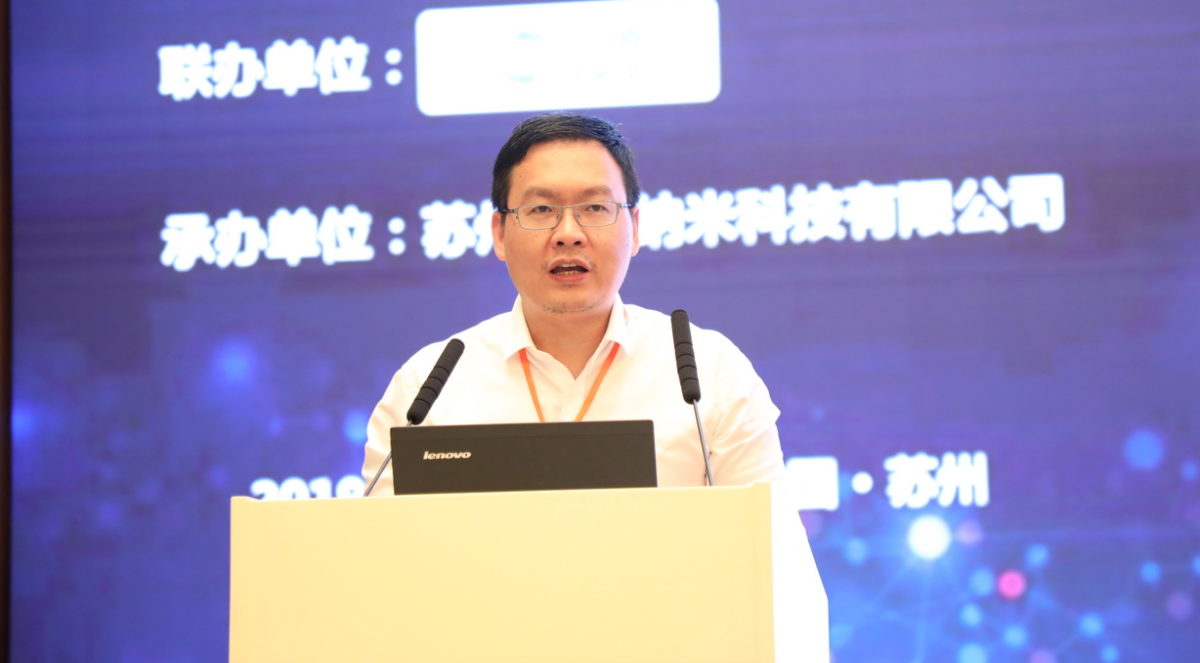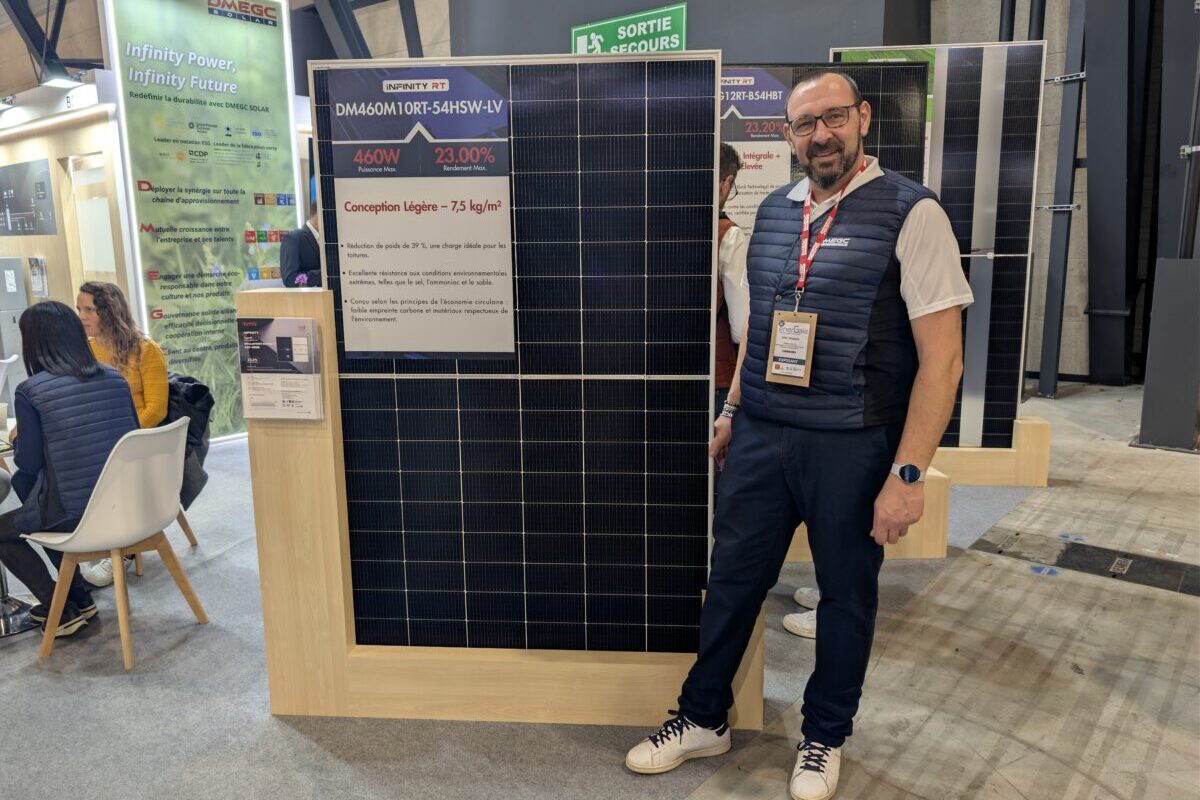Commercial production of perovskite solar cells is getting ever nearer and, according to one Chinese industry insider, will see the technology soon displace monocrystalline silicon, a move which would at a stroke reduce the amount of lead consumed by the PV sector.
“Once the conversion rate [of] perovskite is close to what monocrystalline product does, which is coming soon, the only obstacle for perovskite to take [the] place of mono is the limitation of its production capacity,” GCL Nano Technology general manager Fan Bin said at a recent industry conference which considered the potential of perovskite.
Discussing GCL’s work with perovskites, Fan said his company’s lab has achieved a conversion efficiency of 16% on a large panel and he is confident 18% could be achieved by the end of the year. With a theoretical conversion limit of around 33% thought to apply to perovskite cell efficiency – and possibly up to 47% for a tandem device – the manager voiced confidence perovskites would soon surpass the 18% threshold.
Lead in perovskites
Are you interested in sustainability? Help us shape the editorial agenda! Our survey takes 10 minutes to complete and you could win three digital subscriptions to the global print pv magazine.
The reason for pursuing perovskite development is the potentially much cheaper cost of such devices, compared to silicon products. Fan’s team has calculated a gigawatt of perovskite-based solar generation capacity could cost around RMB300 million ($42 million), compared to RMB1.1 billion for the conventional silicon alternative and up to RMB5 billion for thin-film options such as CIGS and CdTe devices.
Advantages
Perovskite also offers the potential to drastically reduce the amount of lead used in solar devices, something pv magazine is focusing on as part of our UP campaign. The new technology requires only around 2 grams of lead per device, compared to 16-18g for silicon products.
With perovskite also boasting much better defect tolerance than the current generation of silicon cells, such devices also offer the prospect of more stable operation in harsh light, heat and humidity, if packaged correctly. However, Fan warned there will not be enough time left to mitigate climate change using perovskite devices if the technology goes down the sort of blind alleys thin-film cells did during their development. “There will be not too much time window left for [the] perovskite cell” in that scenario, he stressed.
With an experimental, 10 MW perovskite production line already in operation, GCL intends to ramp up to 100 MW next year and 1 GW in 2021-22, in time to supply what he believes will be a gigawatt scale global market in three years’ time.
Fan was speaking at a conference jointly hosted by Shanghai Solar Energy Society and TestPV which claimed to be the first devoted to perovskite technology and market potential. More than 300 participants discussed key issues related to perovskite tech, testing and inspection, manufacturing and marketing.
This content is protected by copyright and may not be reused. If you want to cooperate with us and would like to reuse some of our content, please contact: editors@pv-magazine.com.



No mention of reliability? Degrading under air and moisture are MAJOR concerns for perovskites. I’m not aware of cost effective hermetically sealed module technology, because it doesn’t exist.